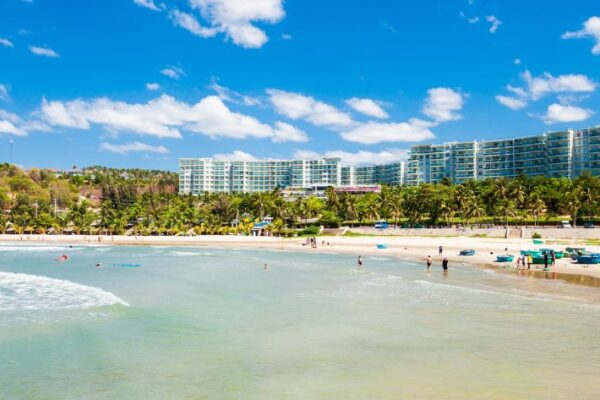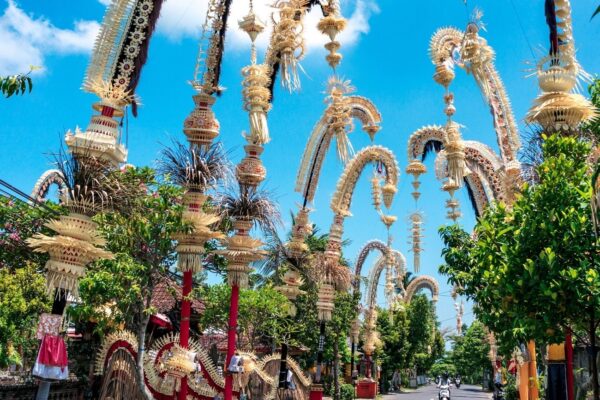What You Should Know About The Best Time To Visit Bali: High Season or Low Season?
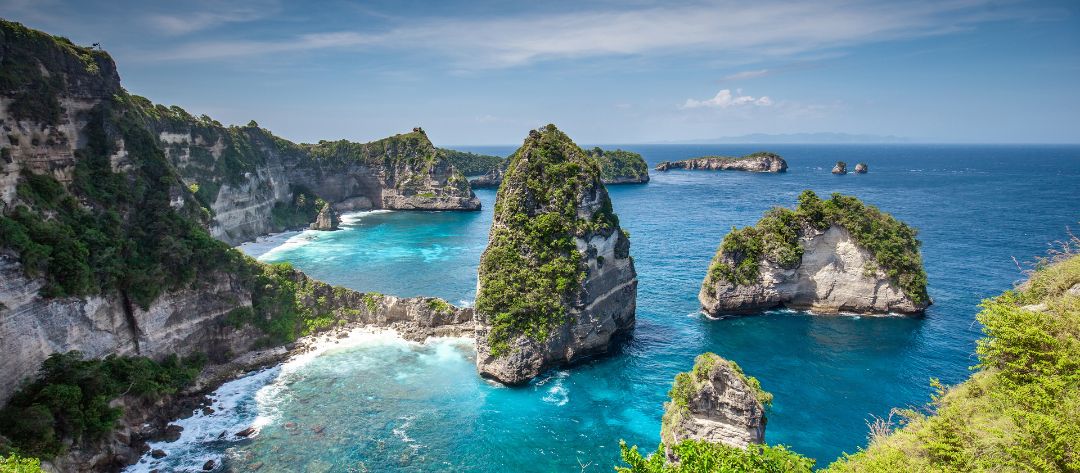
Bali’s tropical climate offers something special all year round, with warm temperatures and varying seasons that create perfect conditions for a wide range of activities. Understanding Bali’s weather patterns can help you decide the best time to visit Bali based on what you want to experience.
This article will provide detailed insights into Bali’s seasons, weather, and how to plan your trip to enjoy the island to the fullest. Keep reading to discover when to go for surfing, cultural tours, wellness retreats, family vacations, and more!
Understanding Bali’s Seasons: High vs. Low Season Explained
Bali’s climate follows a tropical pattern with two main seasons—dry (May to September) and wet (October to April). However, the travel experience changes significantly between the high and low seasons. Here’s a deeper look into what each season offers.
High Season (Peak Travel Time)
During Bali’s high season, the island enjoys its sunniest and driest months. Daily temperatures range from 27°C to 31°C (81°F to 88°F), with low humidity and very little rainfall. Sunshine dominates most days, making it ideal for beach days, hiking, and sightseeing without the worry of sudden showers.
This period marks the busiest time on the island. Expect a significant influx of both international tourists and domestic holidaymakers. Popular tourist spots like Ubud’s Monkey Forest, Seminyak Beach, and temples such as Tanah Lot can become congested, especially in the afternoons.
Restaurants and beach clubs often require reservations, and traffic around main tourist hubs like Canggu and Kuta can be heavy during peak hours.

Seminyak Beach offers stunning sunsets and lively beachfront bars.
Best activities
- Surfing at Uluwatu or Canggu: Ideal wave conditions make this the best time for both beginners and pros.
- Temple visits: Visit landmarks like Uluwatu Temple or Tirta Empul under clear skies with fewer weather interruptions.
- Island hopping: Explore Nusa Penida, Lembongan, or even nearby Gili Islands with calm seas and scenic boat rides.
- Festivals and ceremonies: Experience cultural events such as Galungan, Kuningan, and Bali Arts Festival.
- Beach clubs and nightlife: Enjoy Bali’s vibrant party scene at venues like Potato Head and Finns under perfect weather.
Pros
- Excellent weather for all outdoor activities and photography
- Lively, festive atmosphere with open venues and cultural events
- Sea conditions are great for diving, snorkeling, and boat tours
Cons
- Accommodation and flight prices can increase by up to 50%
- Tourist-heavy attractions and beaches can feel overcrowded
- Longer wait times, reservations required for top restaurants and spas
Low Season (Off-Peak Time)
The low season coincides with Bali’s wet season, especially from November to March. Rain tends to come in short, intense bursts—usually in the late afternoon or evening, leaving the rest of the day cloudy but warm. Temperatures average 26°C to 30°C (79°F to 86°F), and the higher humidity brings out the lush, green beauty of Bali’s landscapes, particularly in central and northern regions.
With fewer tourists on the island, Bali feels significantly more peaceful. This quieter atmosphere is perfect for travelers looking to unwind in less commercialized areas. Attractions like Tegalalang Rice Terraces, quiet beaches in the east, or smaller temples can often be enjoyed with minimal crowds. Popular spots are more accessible, and roads are less congested.
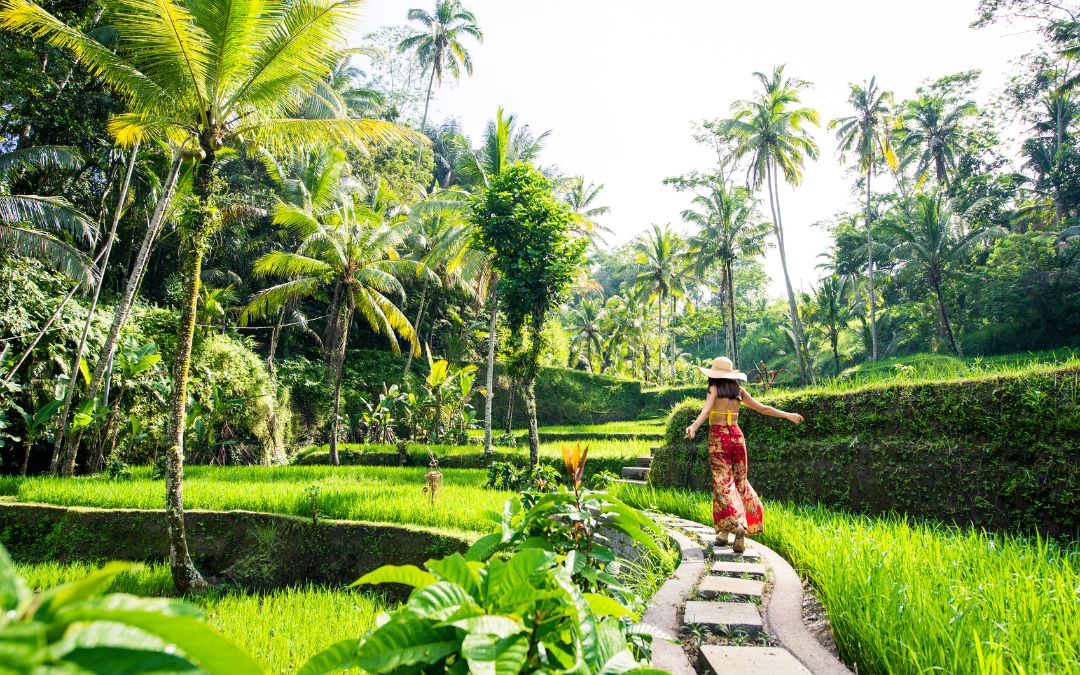
Tegalalang Rice Terraces showcase breathtaking landscapes and rich greenery.
Best activities
- Waterfall exploration: Visit Sekumpul, Tukad Cepung, or Banyumala while they’re full and flowing.
- Spa retreats and yoga: Take advantage of low-season deals at wellness centers in Ubud or Sidemen.
- Rainforest and rice terrace walks: See Bali’s landscapes at their greenest and most vibrant.
- Cultural village tours: Join artisan workshops or cooking classes with more time and personal attention.
- Indoor attractions: Enjoy Bali’s museums, coffee shops, and art galleries without rushing.
Pros
- Accommodation and flight prices can drop by 30–40%
- More tranquil experience with fewer tourists and less traffic
- Nature is at its most lush and photogenic during and after rainfall
Cons
- Afternoon rains may limit certain outdoor or beach activities
- Choppy seas may lead to canceled boat tours or ferry delays
- Some beach clubs or outdoor venues may scale back during quiet months
What to Know Before Your Trip to Bali for the Best Experience
To make the most of your trip, especially when considering the best time to visit Bali, take into account the following key factors:
Festivals: Embrace Bali’s Cultural Celebrations
Bali’s spiritual calendar is rich with cultural festivals year-round. Major highlights include:
- Nyepi (Day of Silence): Held in March, this sacred day shuts down the entire island, including the airport. It’s a unique, peaceful experience, but it requires planning.
- Galungan and Kuningan: Celebrated every 210 days, these two linked festivals reflect the victory of dharma (good) over adharma (evil). Expect beautifully decorated streets and traditional ceremonies.
- Bali Arts Festival: Taking place in June–July, this month-long event in Denpasar offers the chance to enjoy traditional dance, music, and art in one festive location.
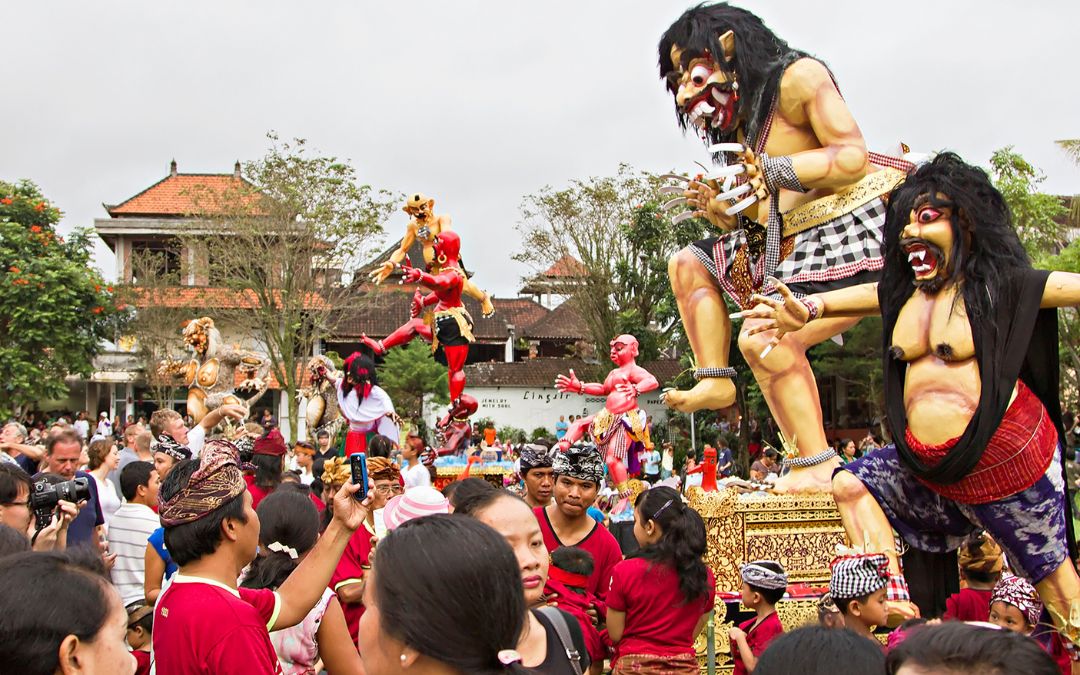
Nyepi is Bali’s unique silent day marking the Saka New Year.
Weather Forecast: Stay Informed During the Wet Season
Bali has two distinct seasons: the dry season (May–September) and the wet season (October–April). Rain in the wet season usually comes in short, heavy bursts, mostly in the afternoon or evening. If you’re traveling during these months, check the forecast regularly and plan indoor or flexible activities to avoid disruption.
Packing Tips: Prepare for Bali’s Seasonal Variations
Smart packing can significantly improve your experience, depending on when you visit.
For the Dry Season:
- Lightweight, breathable clothes (cotton or linen)
- Swimwear, sunscreen, sunglasses, and a sunhat
- Comfortable walking shoes or sandals
For the Wet Season:
- A rain jacket or poncho
- Quick-drying clothes and waterproof footwear
- Waterproof bag for electronics and documents
- Mosquito repellent
By keeping these essentials in mind, you’ll be better equipped to enjoy every part of your Bali journey, no matter when you go.
>> See Tour: Bali Essence Tour 5 Days
Best Time to Visit Bali for Specific Activities
Choosing the suitable time to visit Bali can make a huge difference in your experience, whether you’re surfing, exploring culture, seeking wellness, enjoying a romantic escape, or traveling with family.
Surfing: Catching the Best Waves in Bali
The dry season from April to October offers the best waves for surfers, especially on Bali’s west coast. Spots like Uluwatu and Padang Padang have consistent swells and offshore winds perfect for intermediate and expert surfers.
During the wet season (November to March), wave sizes are smaller but ideal for beginners. Eastern coast beaches such as Keramas and Nusa Dua provide gentler conditions, making this a great time for novices to learn and enjoy.
Planning your trip around Bali’s surf seasons ensures the best experience. Whether you’re chasing big waves or learning to surf, the timing can make a huge difference in wave quality and crowd sizes.

Surfing in Bali attracts enthusiasts with its world-class waves.
Cultural Tours: Explore Temples and Festivals
The dry season is ideal for cultural tours, with comfortable weather for temple visits and outdoor activities. Iconic sites like Uluwatu and Besakih are more accessible without the interruptions of heavy rain.
Major festivals like Galungan and Kuningan take place during this period, offering visitors a chance to witness authentic Balinese ceremonies. These events enrich cultural understanding and provide vibrant photo opportunities.
Visiting Bali’s cultural sites in the dry season means fewer disruptions and a richer experience. Timing your trip here ensures you enjoy both the heritage and the festivities fully.

Galungan celebrates the victory of good over evil with grand festivities.
Spa and Wellness: Finding Tranquility in Bali
The low or wet season from November to March is perfect for wellness retreats. With fewer tourists around, spas and yoga centers offer a more peaceful and personalized experience.
The lush greenery that appears during the rainy months enhances the calm atmosphere, ideal for meditation, healing therapies, and relaxation. The environment supports holistic well-being.
If you want to avoid crowds and deepen your relaxation, consider visiting during the off-peak months. This is a quiet time when wellness centers can focus fully on your needs.

Spas in Bali offer ultimate relaxation through traditional treatments.
>> See Tour: Adventure Bali Family Tour
Romantic Getaways: Intimate Escapes in Bali
Shoulder seasons—April to May and September to October—offer a quieter, more intimate Bali experience. The weather remains pleasant, but tourist numbers drop, making resorts and beaches less crowded.
Couples can enjoy private villas, secluded beaches, and romantic dinners under the stars without the high-season hustle. This peaceful environment fosters memorable and personal moments.
For a romantic vacation filled with tranquility and charm, these shoulder months strike the perfect balance between weather and privacy, enhancing your getaway.
Family Vacations: Balancing Fun and Comfort
The dry season (May to September) provides ideal weather for families, with warm, sunny days perfect for outdoor activities such as beach outings and cultural tours.
Many family-friendly resorts offer special programs and amenities during this time. However, shoulder seasons like April and October also work well, providing fewer crowds while maintaining pleasant conditions.
Choosing the best time to visit Bali for families means considering weather, crowds, and kid-friendly activities, ensuring a fun and comfortable trip for everyone.
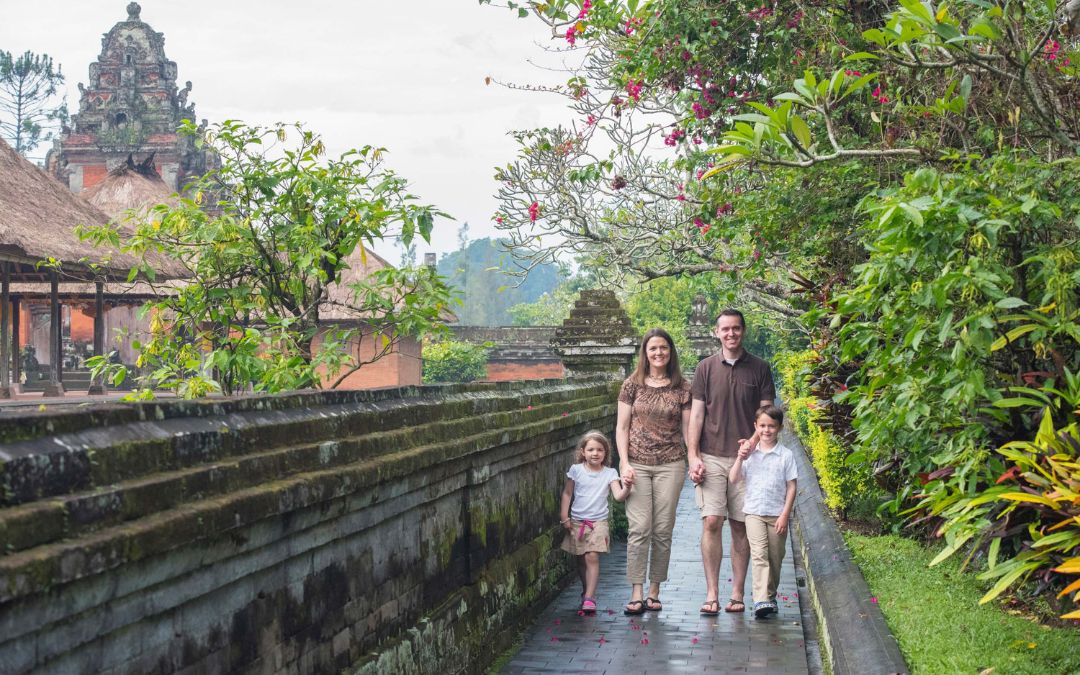
Families create lasting memories while exploring Bali’s beautiful landscapes together.
>> Read More: 5 Best Exciting Things To Do In Bali With Family
Craft Your Perfect Bali Adventure with Expert Guidance
The best time to visit Bali truly hinges on your travel goals, whether that’s riding the perfect wave, immersing yourself in rich cultural traditions, indulging in peaceful wellness escapes, or enjoying quality time with family. Understanding the seasonal rhythms helps you unlock the full potential of this island paradise.
When you’re ready to transform your Bali dreams into reality, let Asia Pioneer Travel be your trusted partner. With deep local knowledge and tailored service, we specialize in designing journeys that fit your unique interests and pace.
Reach out today to start crafting an unforgettable Bali itinerary that’s just right for you.
